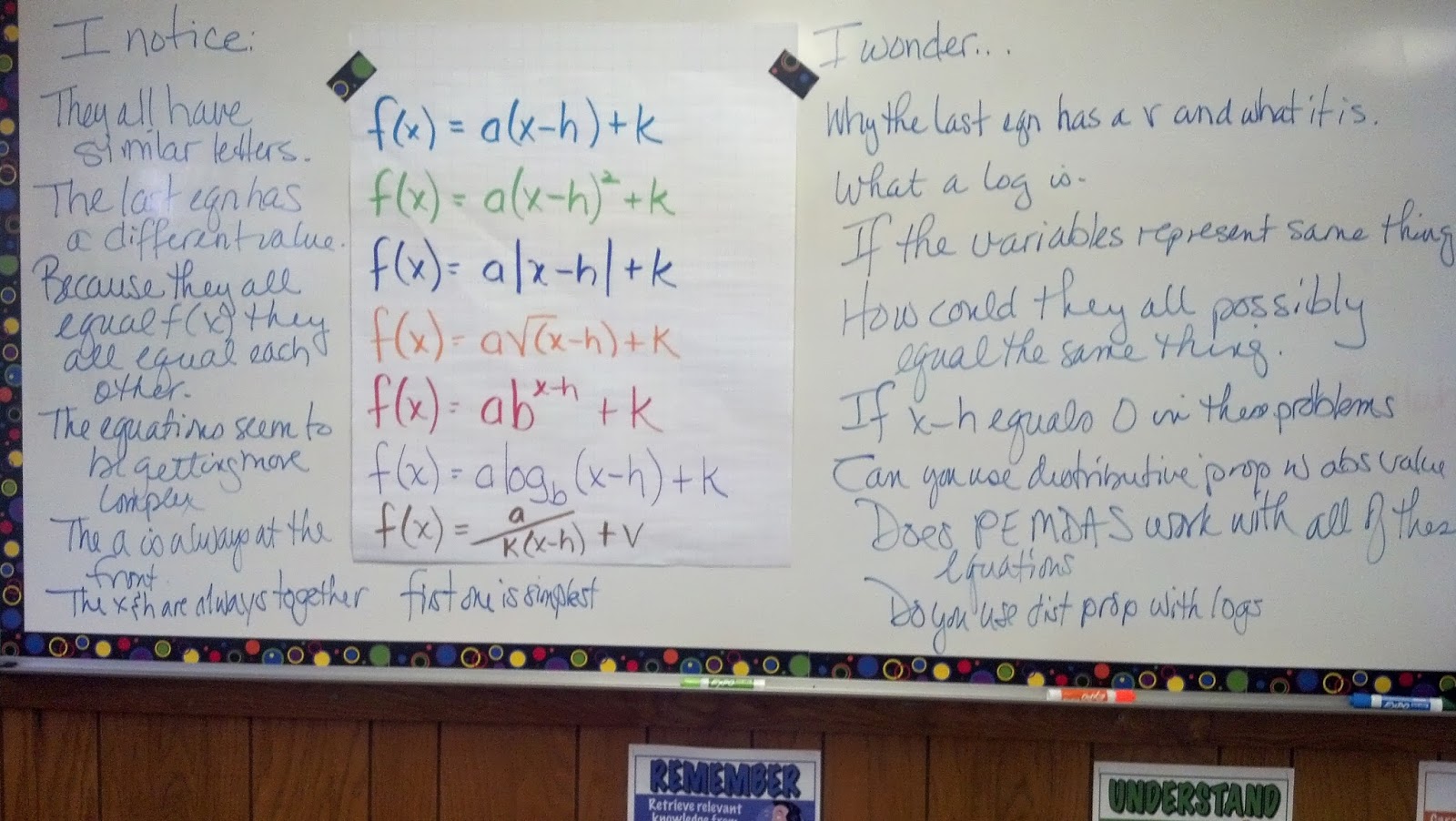So you say, what imperfections?? Most of the imperfections boil down to time. OK, so this is where my current placement is different than other places I have worked. We have a curriculum calendar published by the district that says Unit 1A covers certain standards, and takes 7 days. There is an expectation that we will test on that seventh day (or be prepared to make up the difference in one of the next units because they are all outlined down to the day!)
- So we planned too much curriculum for Day 1. That in itself wouldn't be too bad, except my team and I planned every day of the 7 day unit ... built upon the mastery of the previous day. The morning classes on Day 1 were cut short by a 1/3 (60 minutes instead of 90 minutes). So every day this week I've been trying to make up time ... within reason ... while still ensuring thorough understanding of our content. In the future, I want to recommend to my team that we plan for the shorter class, or allow one whole first day for "getting to know you" opportunities.
- I talked too much. High on my list of 3 goals is to talk less. I'm already planning for it for next week. This week each day had too much note-giving, note taking! We used a flip book, Venn Diagram, Cornell style notes, and a webbing to help make the notes have meaning. But still it seemed I did most of the talking.
I felt like some things went well. I loved the conversation, noticing and wondering, on the first day around the vertex forms of equations. On most days, I asked students to experience a math activity before labeling it ... trying to activate their prior knowledge, using the activity for my own informal observational assessment of students.
We are on a block schedule (A/B days) ... so I saw 3 classes 3 times this past week. In those 3 classes we discussed these topics:
... Defined a function
... Introduced the seven parent functions we study this year
... Defined the difference between discrete and continuous functions
... Illustrated how to notate domain and range using three methods (inequalities, set builder, and interval notation)
... Introduced the seven parent functions we study this year
... Defined the difference between discrete and continuous functions
... Illustrated how to notate domain and range using three methods (inequalities, set builder, and interval notation)
... Defined transformations and took notes on the effects of a, h, and k.
Next week we spend time exploring transformations and define inverse functions.
If you are interested in following along day by day, I have a 180 blog. My goal in that blog is to take one photo a day, to make teaching and learning visual ... and to share my work. I hope you'll check it out!































